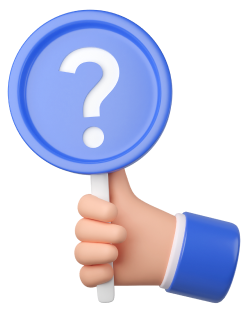





 Community Forex Questions
Community Forex Questions
When did Ireland change to Euro?
On January 1, 1999, the Irish pound was replaced by the Euro. However, it was only functional in the accounting and cashless versions. As a consequence, many individuals continued to use Irish coins and banknotes as usual. Meanwhile, the production of Irish euro coins began, as did a period of citizen education in Ireland. In preparation for the full switchover on January 1, 2002, households were given an electronic converter as well as a Euro Handbook. The changeover went well; around 90% of cash transactions were converted to Euro within a week. Ireland was one of the Eurozone's initial 11 members, displaying its readiness to form international alliances. The Euro is the official currency of the Eurozone, which presently consists of 19 European Union member nations. Goodbye, punt, a currency with a nice ring to it. While this punt is as Irish as the poitn, the English named the Irish currency when it was founded in 1928. Following the discovery of the Irish name for the pound, waggish London stockbrokers were overheard comparing the fledgling currency to a flat-bottomed boat prone to capsize. As a result, the punt, sometimes known as the Irish pound, was born. The currency will not be able to float for much longer since it has never capsized in the way that brokers feared. According to coin dealers, the pound's impending collapse has triggered a wave of financial nostalgia. Despite the Central Bank's plans to scrap Robert Ballagh's superbly designed fivers and tenners, people have been clamouring to purchase whole sets of notes and coins since decimalisation was implemented in 1971.
May 27, 2022 05:20